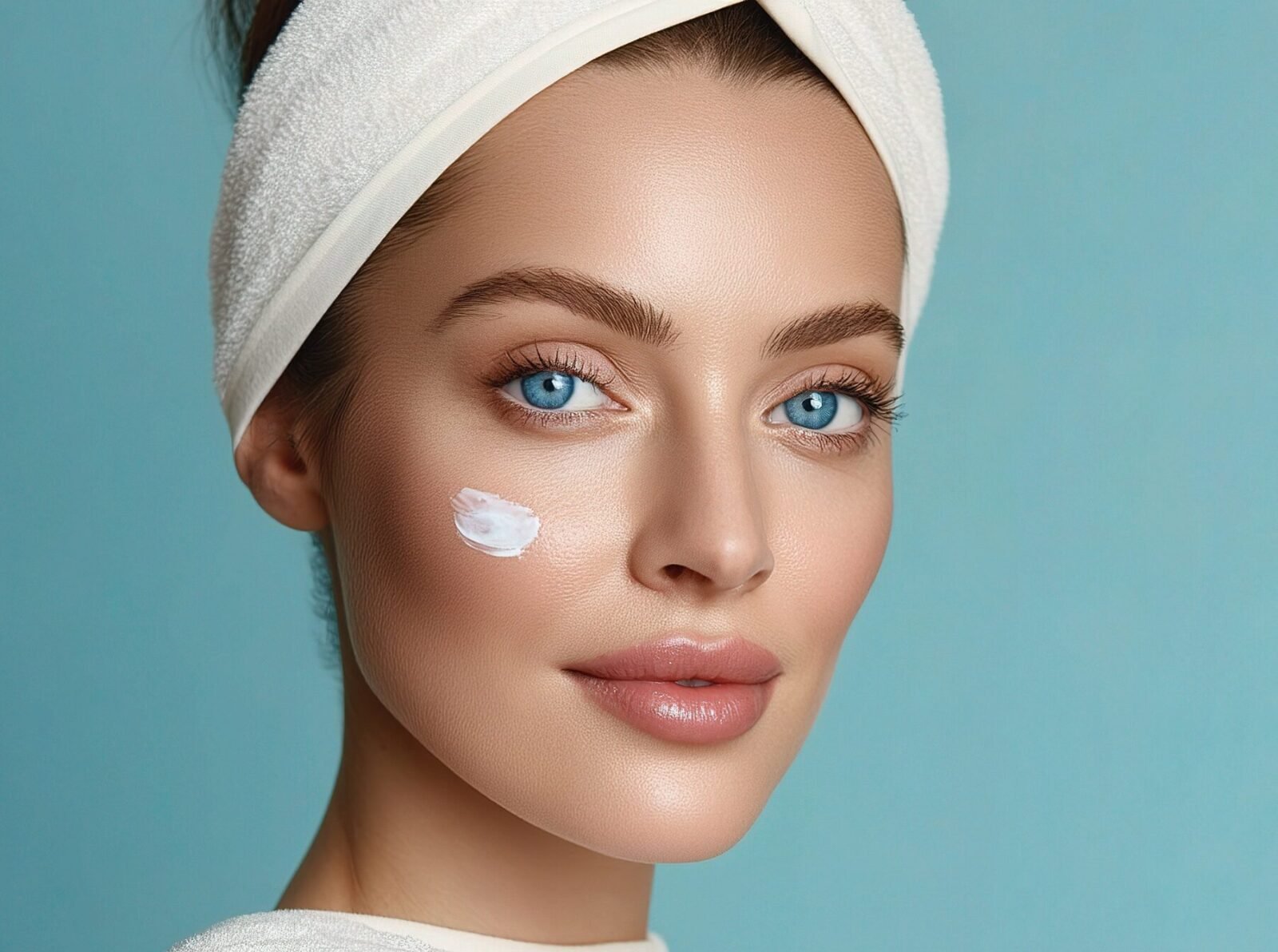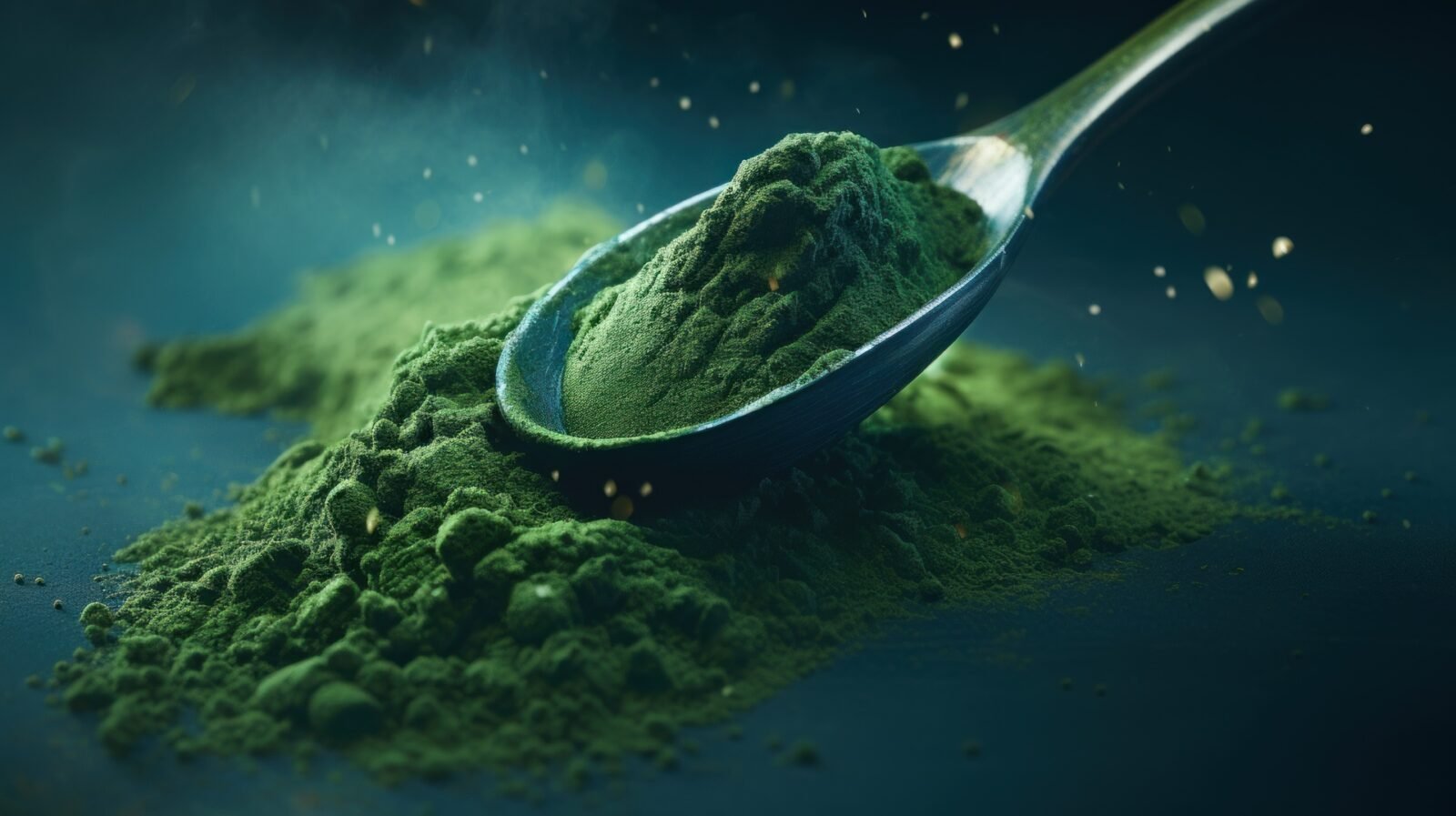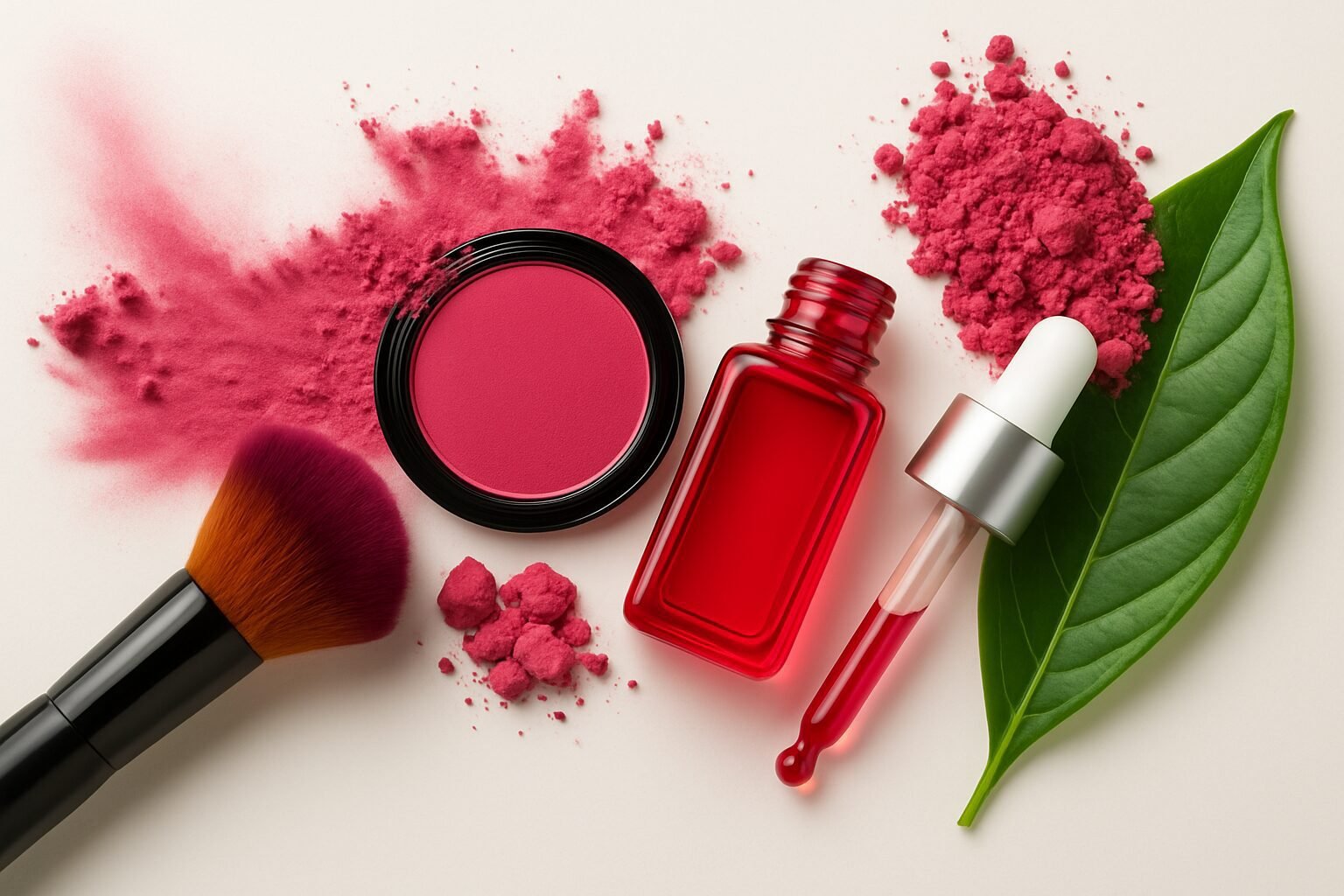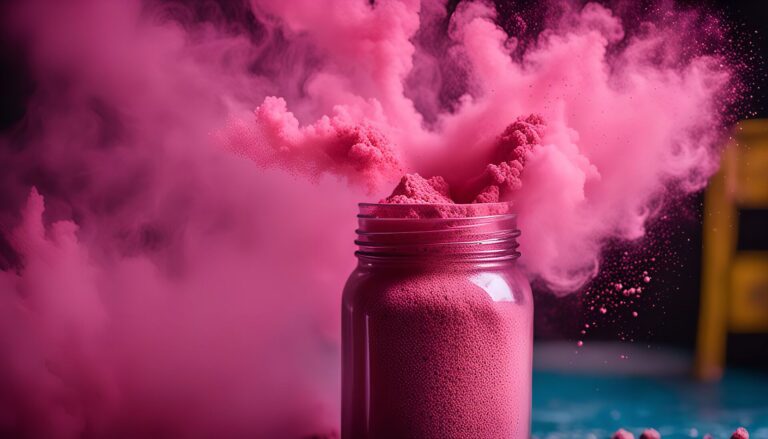Introduction: Beyond Probiotics and Prebiotics
Over the past decade, the cosmetic industry has embraced the skin microbiome as a key player in skin health. At first, probiotics were introduced in formulations as live microorganisms believed to deliver benefits. Shortly after, prebiotics entered the market as nutrients that feed beneficial microbes.
However, a third category is now emerging as the most practical, stable, and regulatory-friendly option: postbiotics. Unlike probiotics, postbiotics do not contain live microorganisms. Instead, they consist of non-viable bacterial fractions, metabolites, and fermentation by-products.
Because they are stable and safe, postbiotics avoid many of the challenges of working with live cultures. At the same time, they offer multiple functional benefits, including barrier reinforcement, immune modulation, hydration, and anti-inflammatory effects. As a result, cosmetic chemists increasingly view them as one of the most reliable strategies to design microbiome-friendly products that are also science-driven.
What Exactly Are Postbiotics?
Postbiotics are defined as bioactive molecules generated by bacteria during the fermentation process. They are not alive but remain biologically active.
Key examples include:
- Peptides & Enzymes – Signaling molecules that regulate immune and repair responses.
- Short-Chain Fatty Acids (SCFAs) – Molecules like acetate, propionate, and butyrate that improve barrier function and hydration (Nature Reviews Gastroenterology, 2019).
- Polysaccharides & Exopolysaccharides – Structural agents that reinforce extracellular matrix and skin texture.
- Organic Acids (e.g., lactic acid) – Gentle exfoliators, pH regulators, and microbiome modulators.
- Bacterial Lysates (non-viable fragments) – Components that “train” skin’s immune cells to respond more calmly to stress (Journal of Cosmetic Dermatology, 2021).
Because they are non-living, postbiotics avoid stability issues (no refrigeration needed) and fit into almost any product type, from serums to emulsions and even cleansers.
Mechanisms of Action: How Postbiotics Work
Postbiotics act on skin through multiple overlapping pathways, which makes them especially versatile:
- Barrier Reinforcement
Postbiotics stimulate ceramide production and improve tight junction integrity, which strengthens the skin’s natural barrier. This reduces transepidermal water loss (TEWL) and protects against external aggressors (PubMed). - Immune Modulation
They influence keratinocyte and Langerhans cell activity, teaching immune cells to remain balanced rather than hyperreactive. As a result, redness and flare-ups become less frequent. - Anti-Inflammatory Effects
By reducing cytokine release and oxidative stress, postbiotics calm irritation, making them ideal for sensitive and rosacea-prone skin. - Microbiome Balance
Instead of introducing live strains, postbiotics support existing beneficial microbes and suppress pathogenic ones. This reduces dysbiosis without risk of instability.
Together, these effects position postbiotics as multi-layer skin defenders that address hydration, resilience, inflammation, and microbiome harmony.
Scientific Evidence
The evidence for postbiotics in cosmetics is growing quickly:
- Bifida Ferment Lysate – Demonstrated reduced skin sensitivity and improved DNA repair capacity under oxidative stress (PMC).
- Lactobacillus Ferment Lysate – Shown to boost ceramide synthesis and enhance barrier recovery (PubMed).
- Saccharomyces Ferment Filtrate – Provides antioxidant activity, mild exfoliation, and brightening effects (PubMed).
- Bacterial Lysates – Topical application of non-viable lysates demonstrated improved immune tolerance and reduced flare-ups in sensitive skin (Journal of Dermatological Science, 2019).
These findings support what many formulators already recognize: postbiotics offer proven efficacy without the instability of live probiotics.
INCI Examples of Postbiotics
Common cosmetic-grade postbiotics include:
- Lactobacillus Ferment Lysate
- Bifida Ferment Lysate
- Saccharomyces Ferment Filtrate
- Bacillus Ferment
- Lactobacillus Ferment Filtrate
Each brings slightly different functions, from calming to antioxidant protection to microbiome balance.
Cosmetic Applications
Postbiotics are versatile across product categories:
- Sensitive Skin Serums – To calm redness and support barrier repair.
- Anti-Aging Creams – By reducing chronic low-grade inflammation (“inflammaging”), they slow visible aging.
- Brightening Treatments – Certain ferments help regulate melanogenesis.
- Barrier Repair Balms – With bacterial lysates to support post-procedure skin.
- Cleansers & Toners – To provide microbiome benefits without leaving live bacteria behind.
Furthermore, they fit into both dermocosmetic and clean beauty marketing strategies, making them highly adaptable for different brand positions.
Consumer Benefits
Consumers are drawn to postbiotics for both performance and peace of mind:
- Reduce visible redness and irritation
- Strengthen the skin barrier against environmental stressors
- Improve hydration and smoothness
- Deliver a subtle glow through mild exfoliation
- Provide a “microbiome-friendly” label appeal
- Offer safety and reliability since they are non-living
In other words, postbiotics deliver results while addressing modern consumer demands for transparency, safety, and innovation.
Prebiotics, Probiotics, and Postbiotics: The Trio
While probiotics and prebiotics opened the door to microbiome skincare, postbiotics are taking the lead.
- Probiotics → Promise live benefits but face stability and regulatory issues.
- Prebiotics → Feed microbes but depend on existing microbiome composition.
- Postbiotics → Deliver active molecules directly, with stability and clinical support.
This evolution makes postbiotics the most practical choice for formulators today.
Formulation Tips for Chemists
When working with postbiotics, chemists should:
- Add them in the cool-down phase unless supplier data confirms heat stability.
- Pair with prebiotics for a synergistic microbiome system.
- Use encapsulation technologies for sensitive metabolites.
- Maintain inclusion levels between 1–5% for efficacy.
- Combine with antioxidants and soothing agents to amplify results.
Therefore, postbiotics are not only easy to formulate but also align with clean beauty and biotech narratives.
Grand Ingredients Perspective
At Grand Ingredients, we see postbiotics as one of the most exciting frontiers in cosmetic science. They bridge consumer-friendly storytelling with biotech-backed efficacy, creating products that are safe, innovative, and high-performance.
By investing in microbiome science, encapsulation systems, and synergistic actives, we help brands design formulations that go beyond hype. For consumers, this means skincare that feels good, works reliably, and builds confidence. For brands, it creates opportunities to lead the microbiome revolution with both credibility and creativity.
👉 Ready to explore the future of microbiome skincare? Discover our portfolio of advanced actives.







